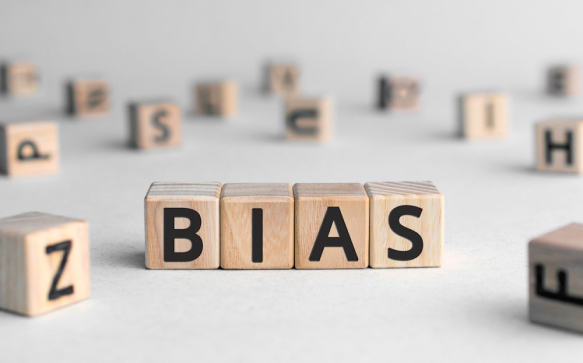Three years ago, I went to a party announcing the product launch of a new company. It was located at a law firm to celebrate their client’s success. Always drawn to entrepreneurs, I was excited to learn more about the team and how they got started. There was a woman there in her late sixties and I am ashamed to admit that I avoided talking to her. Why? I wasn’t sure we’d have much in common and I wanted to make the most out of the few hours I had while there. Was I biased? Steeped in stereotypes? Yes and yes. So how can we say “no” to our own biases? How do we catch ourselves from making that mistake in the future?
In the Harvard Business Review article entitled, “Outsmart Your Own Biases” they wrote the following about one’s own initial judgements. “It can be dangerous to rely too heavily on what experts call System 1 thinking—automatic judgments that stem from associations stored in memory—instead of logically working through the information that’s available. No doubt, System 1 is critical to survival. It’s what makes you swerve to avoid a car accident. But as the psychologist Daniel Kahneman has shown, it’s also a common source of bias that can result in poor decision making, because our intuitions frequently lead us astray. Other sources of bias involve flawed System 2 thinking—essentially, deliberate reasoning gone awry. Cognitive limitations or laziness, for example, might cause people to focus intently on the wrong things or fail to seek out relevant information.” So how can each of us check our own bias at the door?
Here are five areas to start reducing individual bias by Mary-Frances Winters of “The Inclusion Solution”
- Desire: One must want to uncover their unconscious bias. I fear that there is a significant minority who really don’t want to do the work or put in the time and effort that it will take.
- Acceptance: Once we become aware of our biases perhaps from taking several Implicit Association Tests, we need to accept the feedback rather than becoming defensive or denying the validity of the feedback.
- Commitment: To become more aware of all of the hidden biases that we may be carrying will take time and energy to understand how you came to hold that bias. It will not be enough to attend a 4-hour training on unconscious bias. The real work starts after the training. The training can only increase awareness, it will not reverse the biases.
- Introspection: Digging deep into your past, becoming more self-aware of those events or teachings which may have produced the bias is a critical step in the process. This can be a very difficult process because some of what you might bring to memory may be painful. Perhaps someone who you love dearly routinely used racist epithets in your home while you were growing up and while you did not think you carried any of these beliefs, you are uncovering some of the same biases that were not conscious.
- Exposure: Often our biases are based on stereotypes from very little understanding of the group that we are biased against. Learning more about the group, being exposed to data and experiences which counter those beliefs is a necessary part of the process.
Following those five steps by Mary Frances Winters will help mitigate one's own biases by recognizing it and taking action.
And as for the woman I never made the effort to meet at that party? It turns out she started and sold five successful businesses. I made an inaccurate judgement based on a person’s age and missed out on connecting with an amazing entrepreneur. Have you ever made a judgement that was biased?
Reviewed & Recommended:
TEDx Talk - Verna Myers: How to overcome our biases? Walk boldly toward them.
She makes a plea to all people: Acknowledge your biases. Then move toward, not away from, the groups that make you uncomfortable. In an impassioned, important talk, she shows us how.
The Inclusion Solution: Unpacking Our Biases, Unconscious and Conscious – Part 1: What Are Unconscious Biases? Can We Really Change Them? by Mary-Frances Winters
| MORE ARTICLES
Emily’s vision for illume hire developed as part of her journey from a startup-curious sales and media professional to co-founder and CEO. Her passion is to provide resources to support professionals with 20+ years experience. Emily was part of the founding leadership team of Age Equity Alliance, a non-profit focused on the benefits of an intergenerational team.



